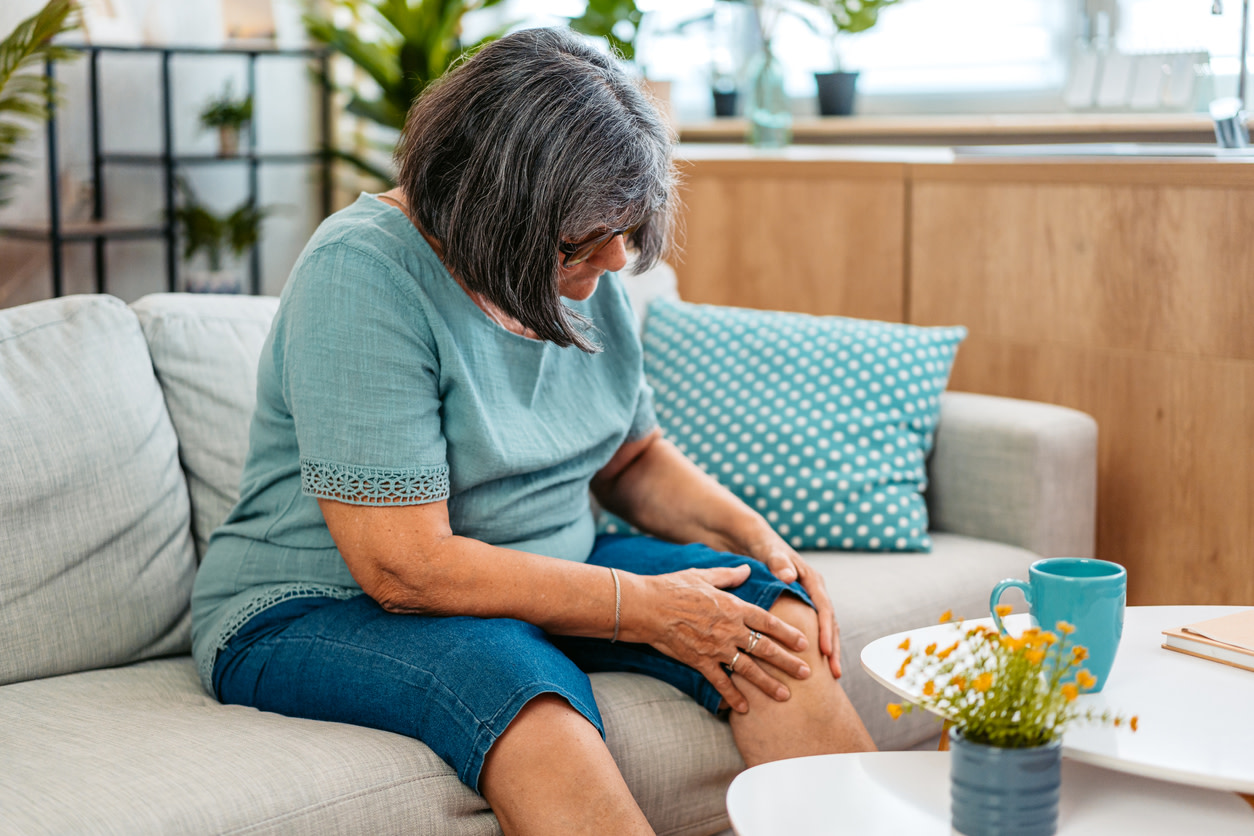Weak knees: causes, exercises, and tips
Learn what causes weak knees, how they feel, and the best exercises and treatment options to relieve discomfort and strengthen your knees.
0 $ pour vous
Date de publication : Jul 24, 2025
Table des matières
Fully covered knee pain relief
Find relief from knee pain, knee locking, stiff knees, & more.
Check if I'm eligibleExercises to strengthen weak knees
Want expert care? Check if you're covered for our free program →- Seated knee extension
- Sit to stand
- Standing side leg raise
- Straight leg raises
- Bridge
